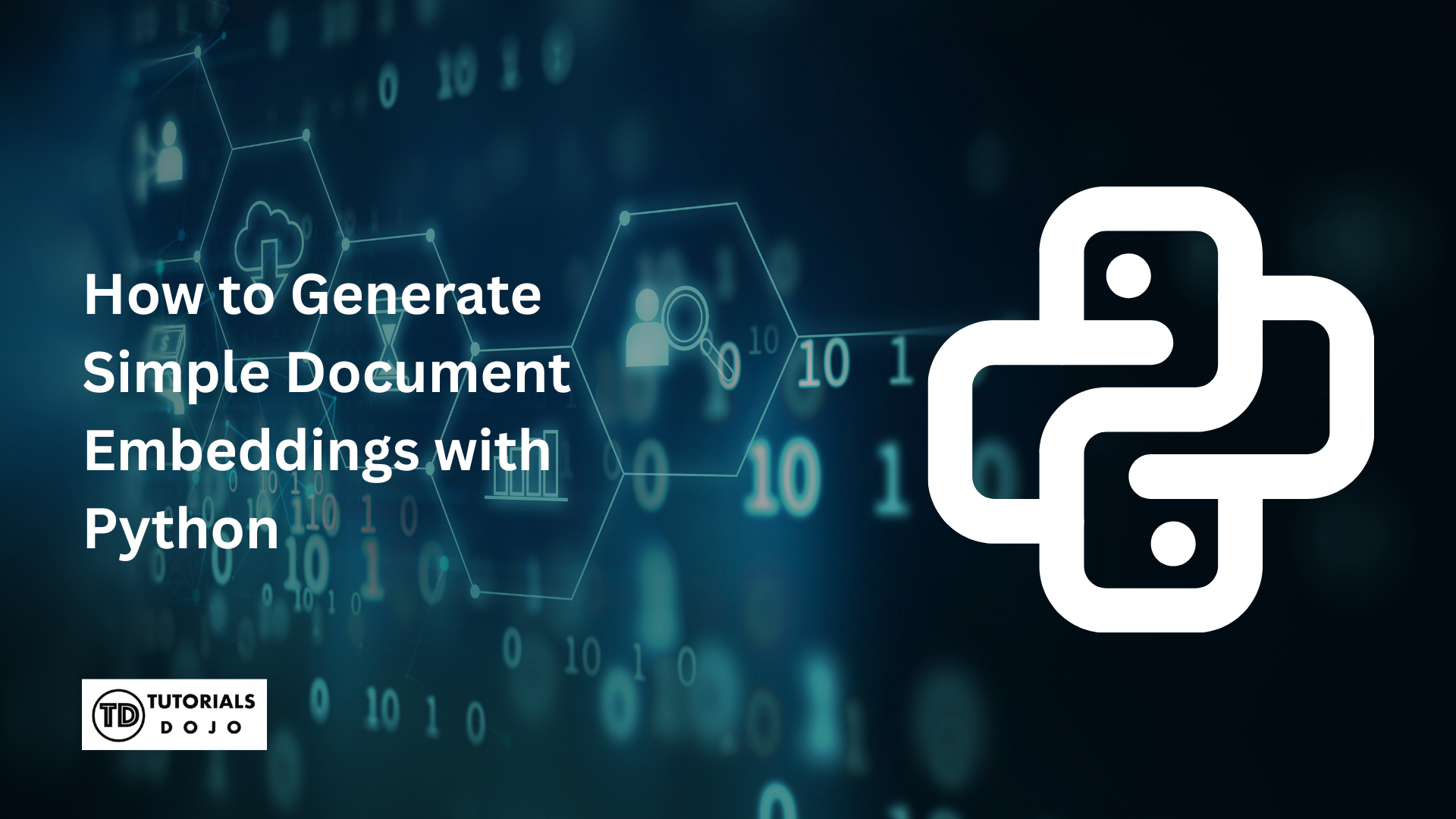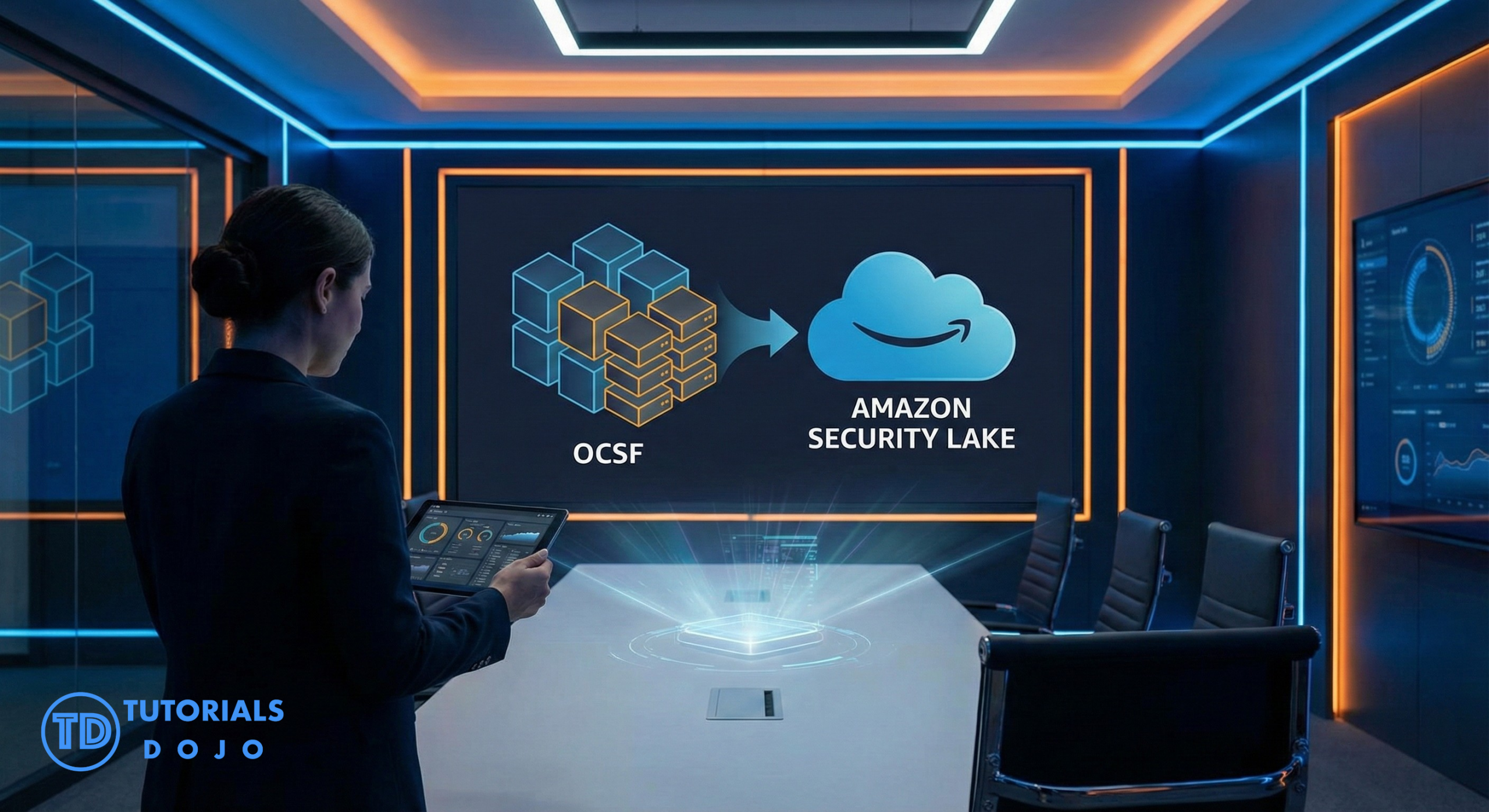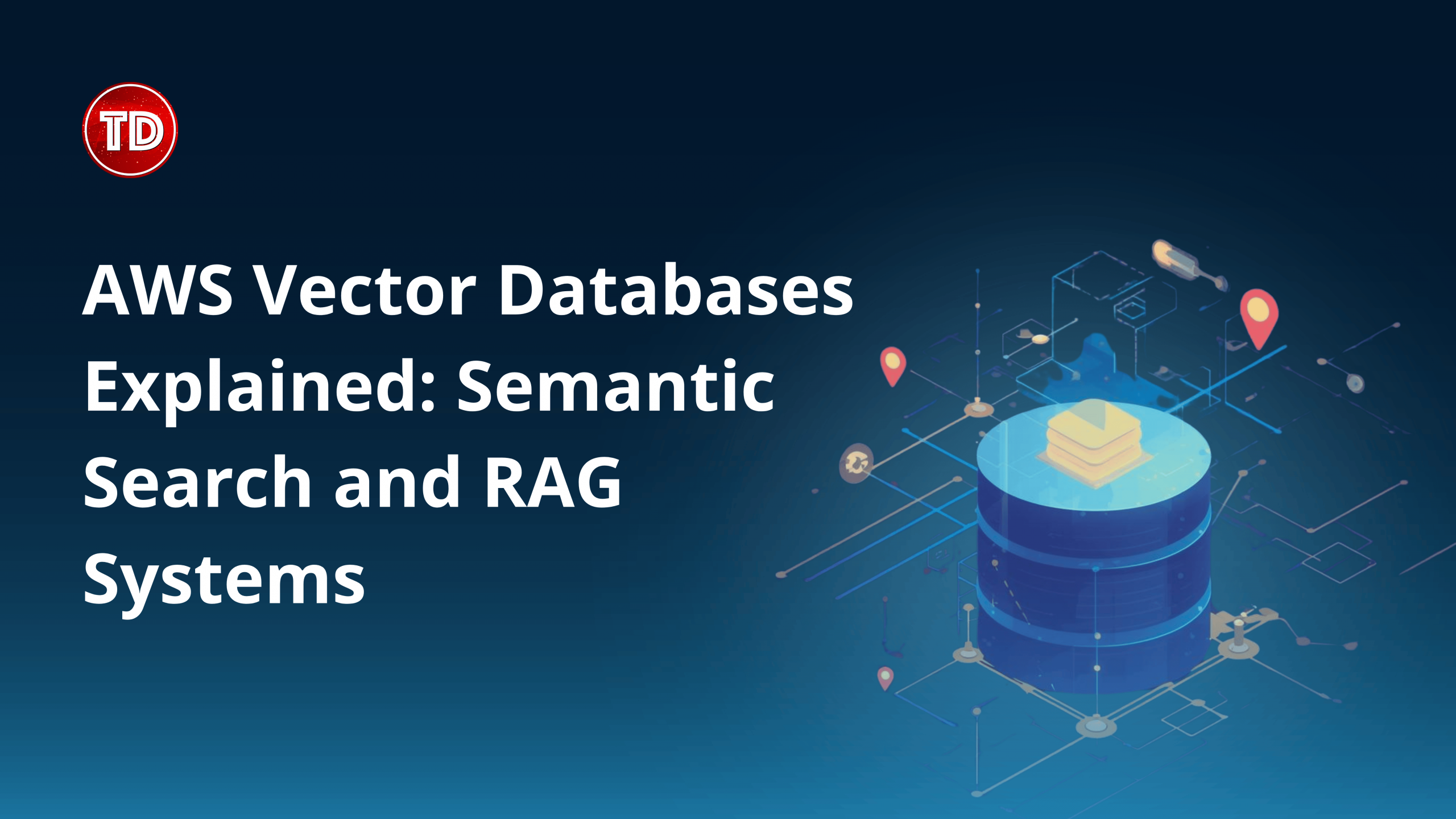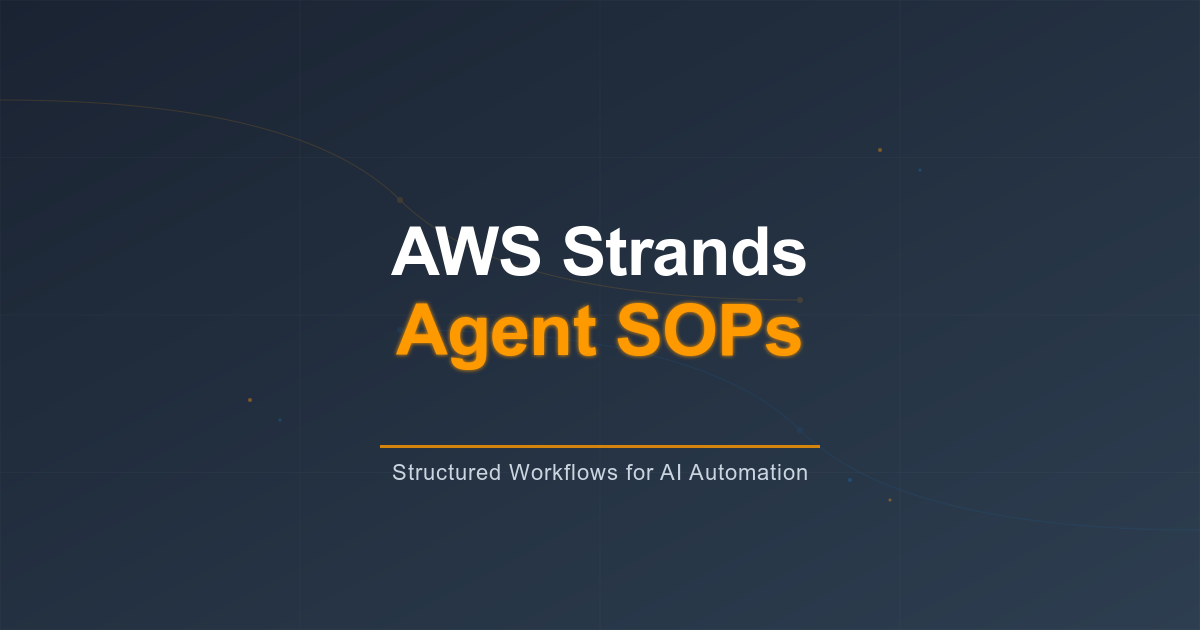NEW AWS Certified Cloud Practitioner CLF-C02 Exam Version in 2023
Heads up! After nearly six years since its pilot release, the AWS Certified Cloud Practitioner CLF-C01 exam is undergoing a long-awaited revamp. The AWS Training and Certification team is introducing a fresh and updated version of the exam, which, naturally, will be called the AWS Certified Cloud Practitioner CLF-C02 exam. The last date that you can take the CLF-C01 exam version is on September 18, 2023. Meanwhile, you can take the new AWS Certified [...]
Managing Non-EC2 Servers using AWS Systems Manager
Introduction AWS Systems Manager is like a Swiss army knife for your cloud infrastructure, bundling a wide range of features into a single service. You can use it to effectively manage not only your entire AWS ecosystem but also extends its capabilities to your on-premises infrastructure. Here's a quick rundown of what it offers: Operations Management: AWS Systems Manager collects and aggregates operational data, offering you insights for understanding your system's overall performance and [...]
Setting Up AWS Billing Alerts on Slack
Introduction Let's first get familiar with the AWS Cost Explorer. It's essentially a dedicated financial advisor for your AWS expenses, helping you make sense of where your spending goes. With an easy-to-use interface, AWS Cost Explorer provides detailed visual analytics of your past, present, and predicted AWS usage and costs. Why Slack for AWS bill? We've all been there, trying to stay on top of our monthly bills. AWS does provide budget alerts, [...]
Securing Your Repositories with AWS CodeGuru: How Machine Learning Can Improve Your Code Quality and Security
Ensuring code quality and security is of utmost importance in the ever-evolving field of software development. However, traditional code review practices can be time-consuming and prone to errors, often resulting in overlooked vulnerabilities. Fortunately, the combination of machine learning (ML) and cloud computing has given rise to innovative solutions like AWS CodeGuru, empowering developers to significantly improve code quality and security. This article explores the capabilities of AWS CodeGuru and how it utilizes ML [...]
Enhance Your Security Posture: Configure SNS Notifications for AWS Secrets Manager Rotation Events
In the ever-changing digital landscape, maintaining robust security measures is crucial for businesses utilizing cloud services like Amazon Web Services (AWS). As the significance of secure data storage grows, it becomes essential to prioritize the management and regular rotation of sensitive information. AWS Secret Manager offers a secure solution for storing and rotating secrets, and by configuring Amazon Simple Notification Service (SNS) notifications for Secrets Manager rotation events, organizations can enhance their security measures [...]
Azure 101: Azure Resource Manager and ARM Templates
Azure Resource Manager (ARM) is a game-changer for users managing resources in Microsoft's Azure cloud services platform. A unified management layer provides a consistent way to create, update, and delete resources within Azure. Before Azure resource deployment, Azure classic was the deployment model. In the old approach, managing a solution required individually tracking resources and deploying them manually or via scripted sequences. Deleting a solution also meant removing each resource separately. Applying and updating [...]
Efficient Log Monitoring: Filter CloudWatch Logs with Metric Filters and Get SNS Notifications
Monitoring logs efficiently is essential in today's fast-paced and data-centric world, especially for cloud-based applications and services. Amazon Web Services (AWS) provides a robust solution called CloudWatch Logs, which enables centralized log monitoring, analysis, and management. One of the key functionalities of CloudWatch Logs is the ability to filter logs effectively using metric filters and receive notifications through Amazon Simple Notification Service (SNS). This combination empowers users to streamline log analysis, identify critical events, [...]
Adding Logs Insights Queries To Your CloudWatch Dashboard
Introduction Widgets are the building blocks of a CloudWatch dashboard. They come in various types that can help you interpret metrics in a way that's not only meaningful but also tailored to your specific needs. While they are typically used for visualizing metrics, widgets can also display the results of Logs Insights queries on your dashboard. Logs Insights queries as a checklist You can save Logs Insights queries to create a "troubleshooting checklist" for [...]
Cost Allocation Tags on Amazon S3 Buckets and Using AWS Cost Explorer
Amazon Simple Storage Service (Amazon S3) is one of the most popular cloud-based storage solutions by AWS. Amazon S3 offers flexibility for various applications and is widely used across multiple use cases as it offers durability, availability, and cost-effectiveness. It allows users to store, manage, and securely access petabyte-scale data from the AWS cloud. By default, Amazon Billing shows how much data and cost is incurred for the cumulative storage cost and usage of [...]
Automating Amazon GuardDuty Notifications through Email Alerts
Amazon GuardDuty is a powerful security tool that helps to detect suspicious activities and threats in your AWS environment. It uses intelligent threat detection and provides you with a detailed view of potential security issues across your AWS account. Amazon GuardDuty continuously monitors your AWS resources and generates findings based on various threat intelligence sources. This allows you to identify security vulnerabilities and take necessary actions to secure your environment. One of the key [...]
































